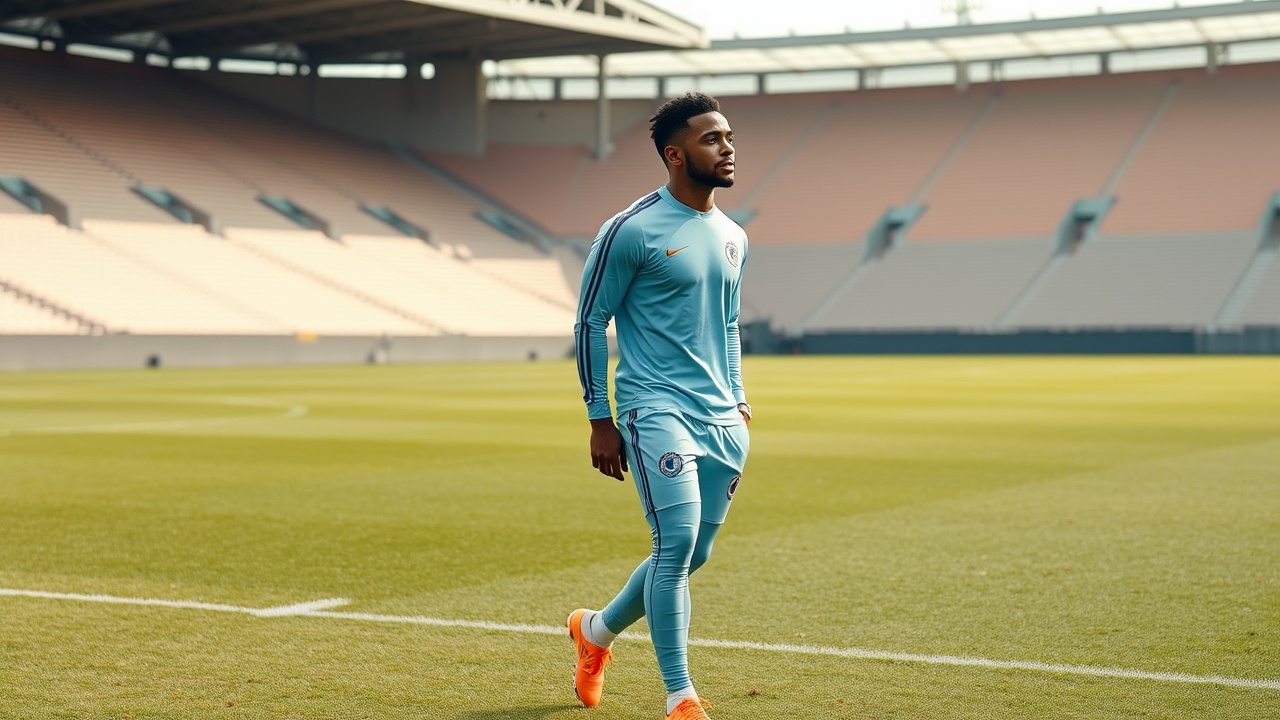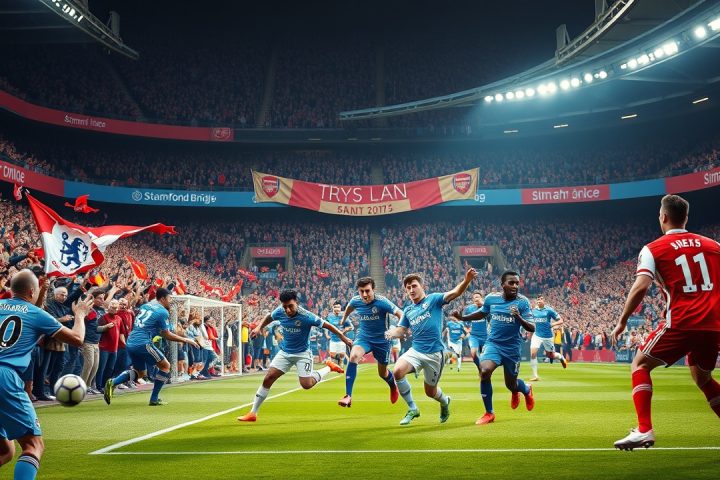Raheem Sterling at a Crossroads
Raheem Sterling stands at a pivotal moment in his football career. Following a tumultuous season that saw him sidelined at Chelsea and experiencing a lackluster loan spell with Arsenal, the seasoned 30-year-old winger is set to return to Stamford Bridge this summer. It is uncertain where he will go next, marking a significant decline for a player who once flourished as one of England’s most celebrated footballers, amassing 11 major trophies and earning an MBE in 2021 for his contributions toward racial equality in the sport.
Career Highlights and Recent Struggles
Sterling’s journey in professional football has already featured tenures at some of England’s most prestigious clubs, including Liverpool, Manchester City, Chelsea, and Arsenal. His move to the Gunners last summer was initially perceived as a strategic acquisition that would reinvigorate his playing career. However, the reality has become more complicated, leaving Sterling in a precarious situation this offseason.
His term at Arsenal did not start as he might have hoped. Upon joining, Sterling was categorized as a member of the ‘bomb squad’ by new head coach Enzo Maresca, signifying that he was not in the immediate plans after the club opted to cut down an oversized squad. Despite participating in all of Chelsea’s preseason matches, he found himself expendable, pushing for a move away from the club in order to maintain his career trajectory.
Transfer Developments and Team Dynamics
Ultimately, Arsenal’s interest grew when they found themselves lacking depth in their attacking options after losing out on their primary target, Benjamin Sesko. On the final day of the transfer window, Chelsea significantly eased their stance on Sterling, allowing Arsenal to pursue the move with appealing terms—eliminating the loan fee and absorbing a substantial part of Sterling’s significant weekly wage. Mikel Arteta, who had previously coached Sterling at Manchester City and had a successful rapport with him, was quick to capitalize on this opportunity.
As a former teammate of others at Arsenal and having established bonds with players like Kai Havertz and Jorginho, Sterling’s adjustment to his new surroundings was anticipated to be seamless. However, discrepancies emerged regarding his role. While he was assured of opportunities to prove himself, he soon found limited minutes on the pitch. Despite scoring in his first start, his participation dwindled, and he was often benched—managing only a handful of starts and primarily acting as a substitute throughout the season.
His inconsistencies and limited playing time raised eyebrows, even prompting Arteta to acknowledge the need for Sterling’s increased involvement.
Ultimately, his performance on the pitch diminished, leading to frustration for both him and the club as he battled to find form amidst a backdrop of injuries to team members who could have created more competition for places.
Challenges Ahead for Sterling
Returning to Chelsea now presents its own set of challenges. Despite having two years remaining on his contract, Sterling may find it difficult to integrate back into a Chelsea side that has undergone substantial changes under the new ownership. Reports indicate that he has no interest in playing in leagues like the Saudi Pro League or MLS, believing he still has the capability to play at top-tier levels.
The landscape of opportunities for Sterling appears murky, especially considering he has already played for multiple top clubs in England. Although his experience and previous accomplishments suggest he still has much to offer, whether he can regain his form and confidence with another club remains a question worth contemplating among football analysts and fans alike. As Sterling navigates this crossroads, the coming months will be pivotal in determining the next chapter of his storied football saga.




